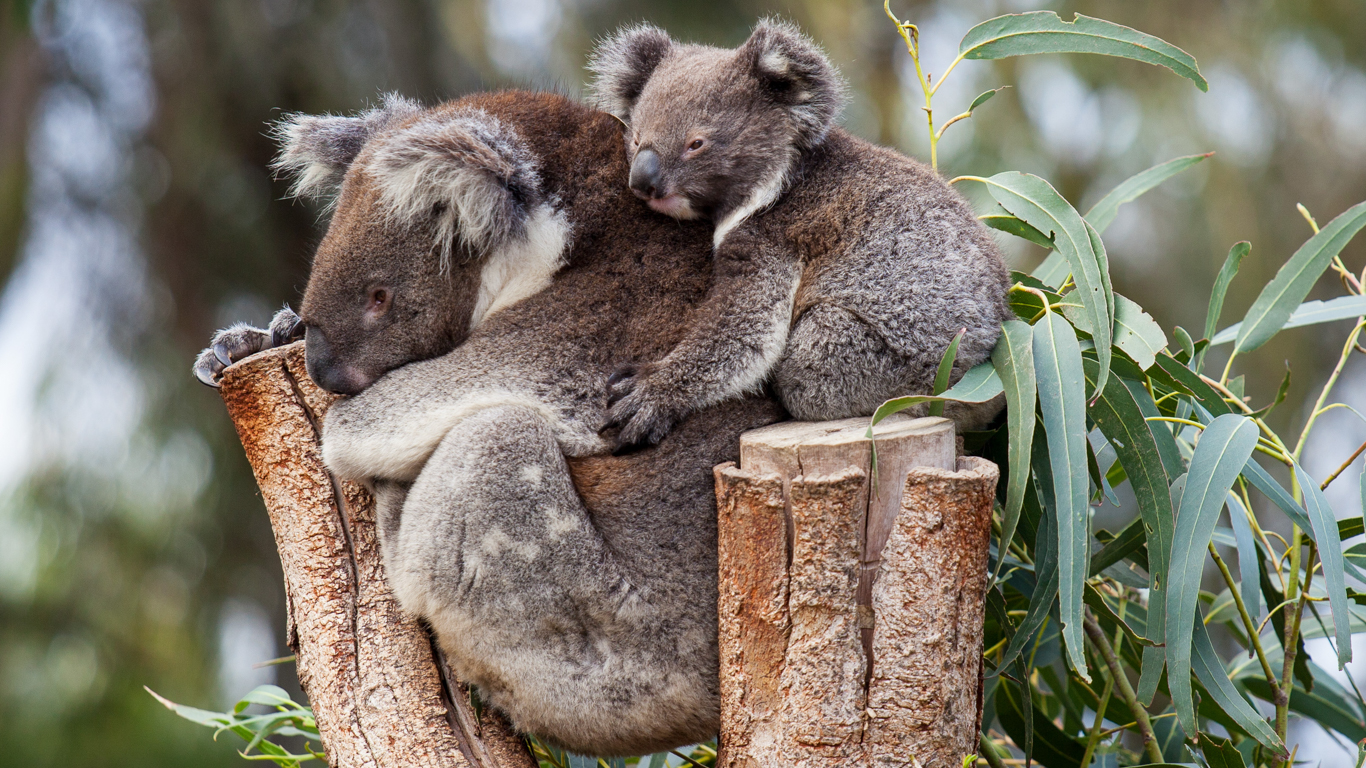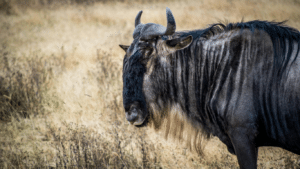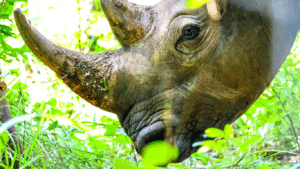Australia has announced a zero-extinction target for its unique plants and animals in the wake of the country’s rapidly deteriorating environment. The goal forms part of a 10-year plan that prioritizes the conservation of 110 threatened species and commits to ensuring that 30% of both land and sea areas are in protected reserves by 2030.
The 2021 State of the Environment report (SoE 2021) revealed that Australia has lost more mammal species than any other continent. Bushfires that tore across southeastern Australia from 2019 to 2020 increased the extinction risk for several species. The koala, for example, was declared an endangered species earlier this year. According to estimates from the World Wide Fund for Nature (WWF), the fires killed or displaced nearly three billion animals.
In revealing the Threatened Species Action Plan: Towards Zero Extinctions last Tuesday, Australia’s Minister for the Environment and Water, Tanya Pilbersek, said, “The need for action has never been greater. I will not shy away from difficult problems or accept environmental decline and extinction as inevitable.”

Guided by scientists, Pilbersek identified 110 species and 20 places for priority support based on their uniqueness and risk of extinction. Among the animals selected are a bird known as the King Island scrubtit, the brush-tailed rock wallaby and the growling grass frog. The priority represents a broad range of landscapes and ecosystems, including the forests of Far North Queensland, Kakadu National Park in the Northern Territory and Kangaroo Island in South Australia.
While the announcement has generally been well received, conservation groups believe that more can be done. The Australian Conservation Foundation says deforestation and land clearing needs to be brought to an end, and the government should also stop approving damaging fossil fuel projects.




